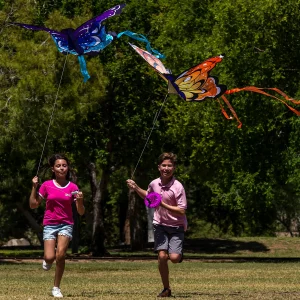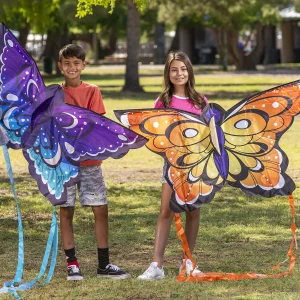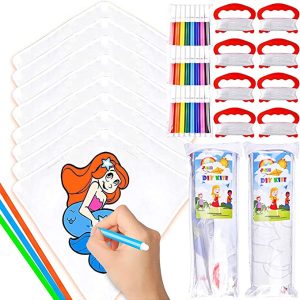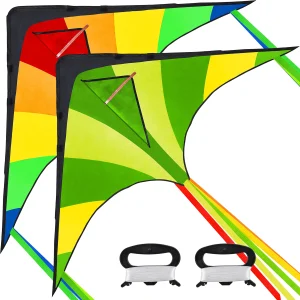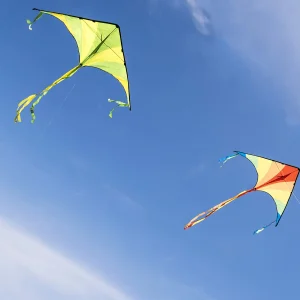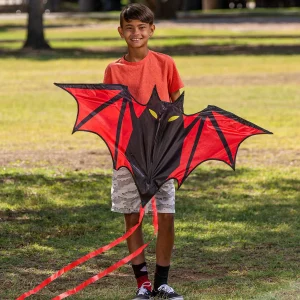14 Results
Kites for kids are fun and educational. There are many different types of kites to choose from. The best type of kite for kids is a small, easy to fly the kite that can be flown inside or outside.
Kite flying has many benefits for children. Here are some of the most important benefits: It’s fun! Flying kites is an activity that most kids find enjoyable. It’s also something that parents can do with their children as a way to spend time together. It improves coordination skills. Kids who fly kites will have to coordinate their arms and hands to grasp the string and pull it tight so that the kite will fly high in the air. This exercise will help improve their hand-eye coordination skills while they’re having fun at the same time! It encourages creativity and imagination. Kids will use their creativity when they design their own kites, or they may make up stories about what they think happened when their kite fell out of the sky or why it didn’t go as high as it did yesterday! When you’re flying your kite, you might feel like you’re riding on top of a cloud or traveling through space like an astronaut on a mission to explore another planet! The best kite for kids is a question that needs to be considered. The answer depends on the age of your child and what they want out of their kite-flying experience. When you choose the right kite for your kid, it will help them stay safe and have fun. Kite flying can be a great way to spend time with your little one. But, not all kites are created equal. So what is the best kite for kids? The turtle kite is a great kite for kids. It’s easy to assemble, it’s durable, and it should last you through several seasons of flying fun. Kids can make it fly easily, and it’s also an excellent way to get your children interested in the art of kite flying. Butterfly kites can help kids interested in flying kites. If you’re looking for a kite that will fly in light winds or a gentle breeze, butterfly kites are your best choice. It has long tails that make them easy to spot in the sky. The tails also help stabilize the kite during flight and slow down the rate of descent after it lands on the ground. Eagle kite is a choice for many boys! It’s also very sturdy, so it can withstand the rough treatment that kids can dish out. There are many ways to fly a kite. You can let it go on its own and let the wind do all the work, or you can give it a little help with a tail. If you have a large surface area and are trying to fill it with as much wind as possible, then you’ll want the kite to be facing directly into the wind. If you have a small surface area and are trying to fill it with as little air as possible, then you’ll want the kite to be slightly tilted away from the wind. The tail of your kite will help steer it in whichever direction you want it to go. If your kite is facing into the wind and you want it to go right, pull on your string so that the tail points left. This will cause drag on one side of the kite and force it to turn right. So how do you go about making your own kite? Well firstly, you need to decide what kind of kite you want to make. There are many different types of kites available and each one has its own unique features and characteristics. The simplest DIY kite is a stick frame kite or a paper plane kite. This design uses a piece of bamboo or dowel as the main spar, with two cross spars attached to the ends that keep the wing in shape. This can be attached to a plastic sheet, or you can make your own fabric by cutting up old clothing or sheets. The next step up is a box kite which has two boxes joined together by a crossbar running between them. The wind pulls down on each end of this bar, causing it to tilt and pull down on the wingtips (which are normally made from cardboard). Box kites are very stable in flight and can handle high winds well – they’re also very easy to make!What are the benefits of flying kite for kids?
The best kite for kids
How to fly a kite?
How to DIY kites?







